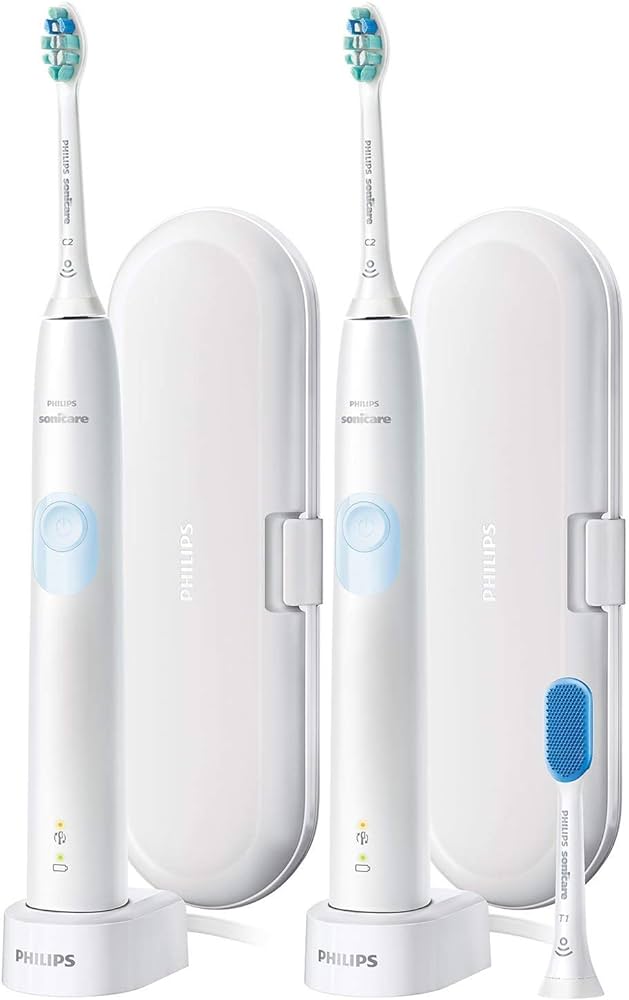
Why has my sonicare electric toothbrush stopped charging?
Introduction
Experiencing issues with the charging of a Sonicare electric toothbrush can be frustrating, as it hinders the toothbrush’s functionality and effectiveness. Several factors can contribute to a Sonicare electric toothbrush not charging properly, including a faulty charger, battery issues, buildup of residue, or a malfunction within the toothbrush itself. In this article, we will explore these potential causes in detail and provide insights into troubleshooting and resolving charging problems with Sonicare electric toothbrushes.
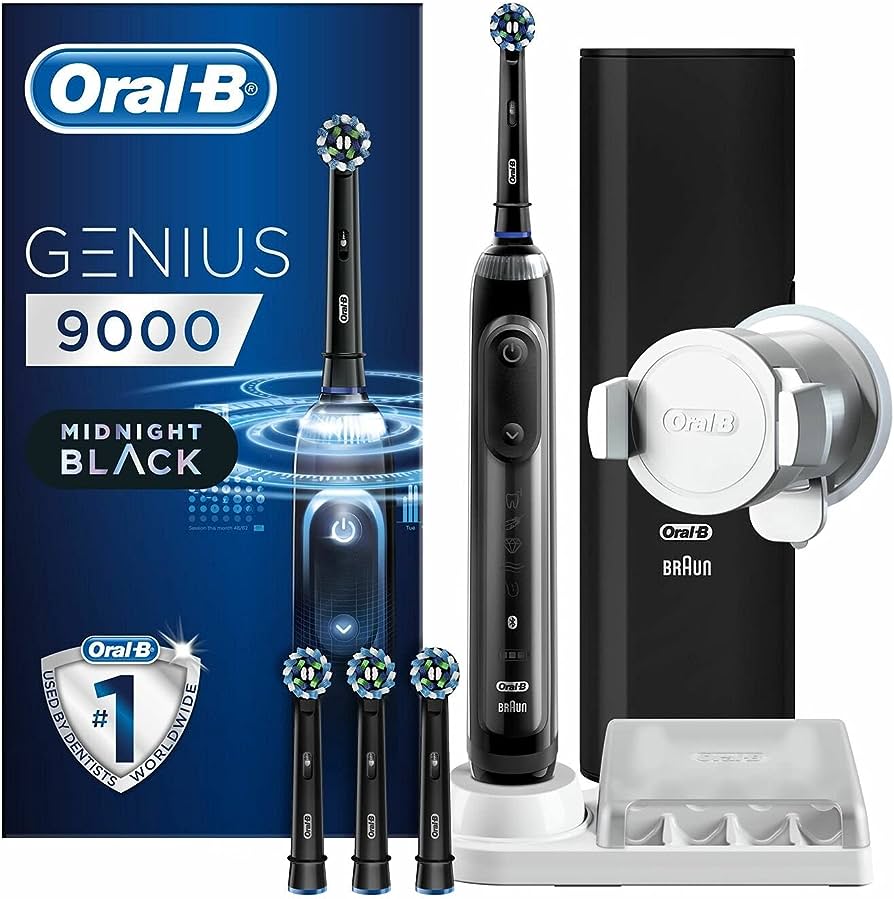
Why has my sonicare electric toothbrush stopped charging?
Faulty charger
A common reason for a Sonicare electric toothbrush not charging is a faulty charger. The charger may have a loose connection or a damaged cord, preventing proper power transmission to the toothbrush. To troubleshoot this issue, follow these steps:
Check the power outlet: Ensure that the power outlet is functioning properly by plugging in another device or using a different socket.
Inspect the charger cord: Examine the charger cord for any visible signs of damage, such as frayed wires or bent prongs. If any damage is found, discontinue use and replace the charger.
Ensure a secure connection: Confirm that the charger is securely connected to both the power outlet and the charging base or stand. Sometimes, a loose connection can prevent the toothbrush from charging.
Try a different power source: If possible, test the toothbrush by plugging it into a different power outlet or using an alternate charging base. This can help determine whether the issue lies with the charger or the power source.
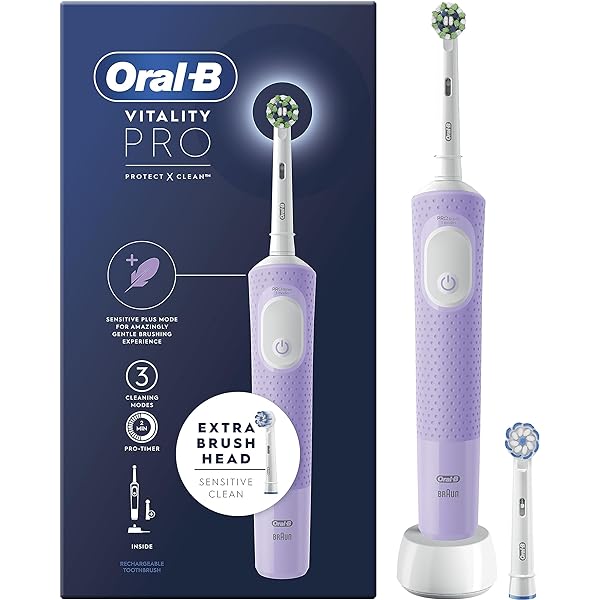
Battery issues
The battery in a Sonicare electric toothbrush may also be a contributing factor to charging problems. Over time, the battery can become depleted or damaged, resulting in difficulties with charging. Here’s what you can do to troubleshoot battery-related issues:
Check the battery level indicator: If your Sonicare electric toothbrush has a battery indicator, check if the battery is fully depleted. If the indicator shows a low or empty battery, charge the toothbrush for an extended period to see if it regains its functionality.
Allow a complete discharge and recharge: In some cases, the battery’s memory may affect its charging capacity. To reset the battery, fully discharge the toothbrush by using it until it stops working. Then, charge it uninterrupted for an extended period, allowing the battery to recharge fully.
Replace the battery: If the toothbrush is no longer charging despite attempting the above steps, it may be necessary to replace the battery. Contact Sonicare customer service or a professional technician to inquire about battery replacement options.
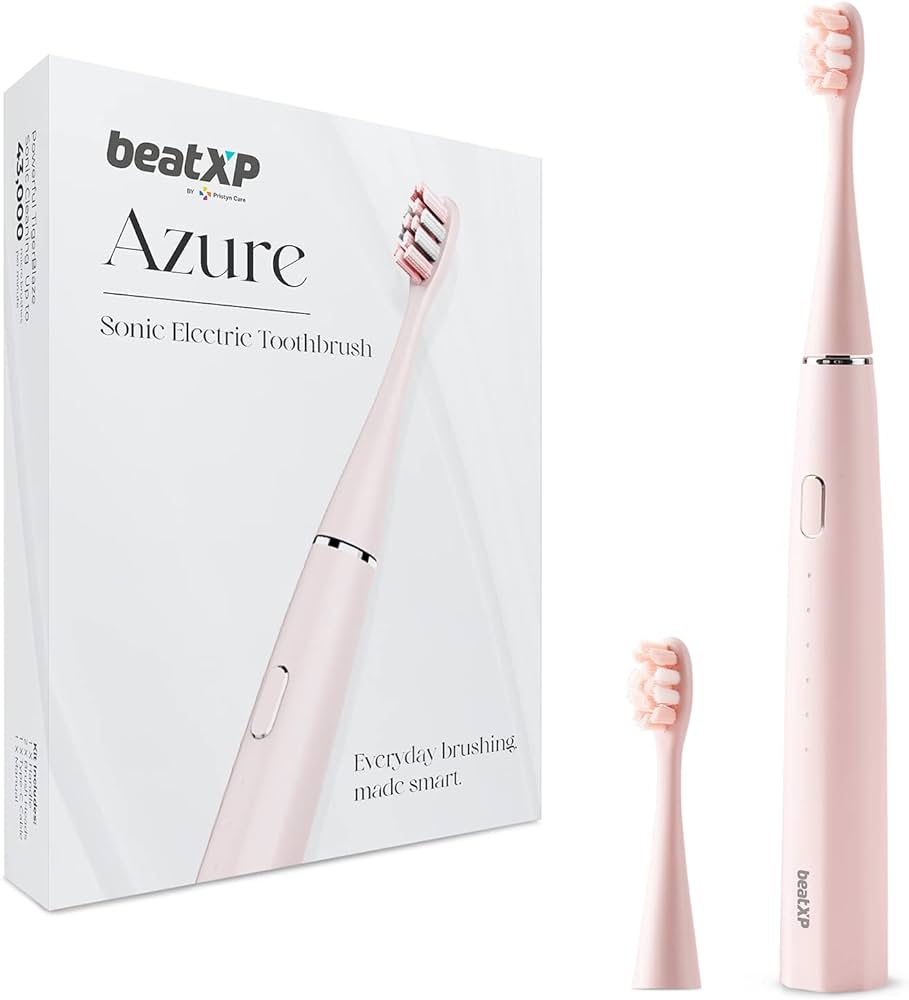
Buildup of residue
The buildup of residue, such as toothpaste, water, or other substances, can also interfere with the charging process. Over time, residue can accumulate on the charging contacts or inside the charging base, inhibiting the flow of electricity. To address this issue, follow these steps:
Clean the charging contacts: Gently wipe the charging contacts on both the toothbrush handle and the charging base with a soft, damp cloth. Ensure that the contacts are free from any residue or debris.
Dry the charging contacts: After cleaning, use a dry cloth to remove any moisture from the charging contacts. Moisture can hinder proper charging and potentially damage the toothbrush.
Clean the charging base: If there is residue or buildup inside the charging base, use a cotton swab or a small brush to carefully clean the area. Be cautious not to damage any components while cleaning.
Avoid submerging the toothbrush: To prevent residue buildup, avoid submerging the toothbrush handle or the charging base in water. Instead, use a damp cloth to wipe the handle and base clean.
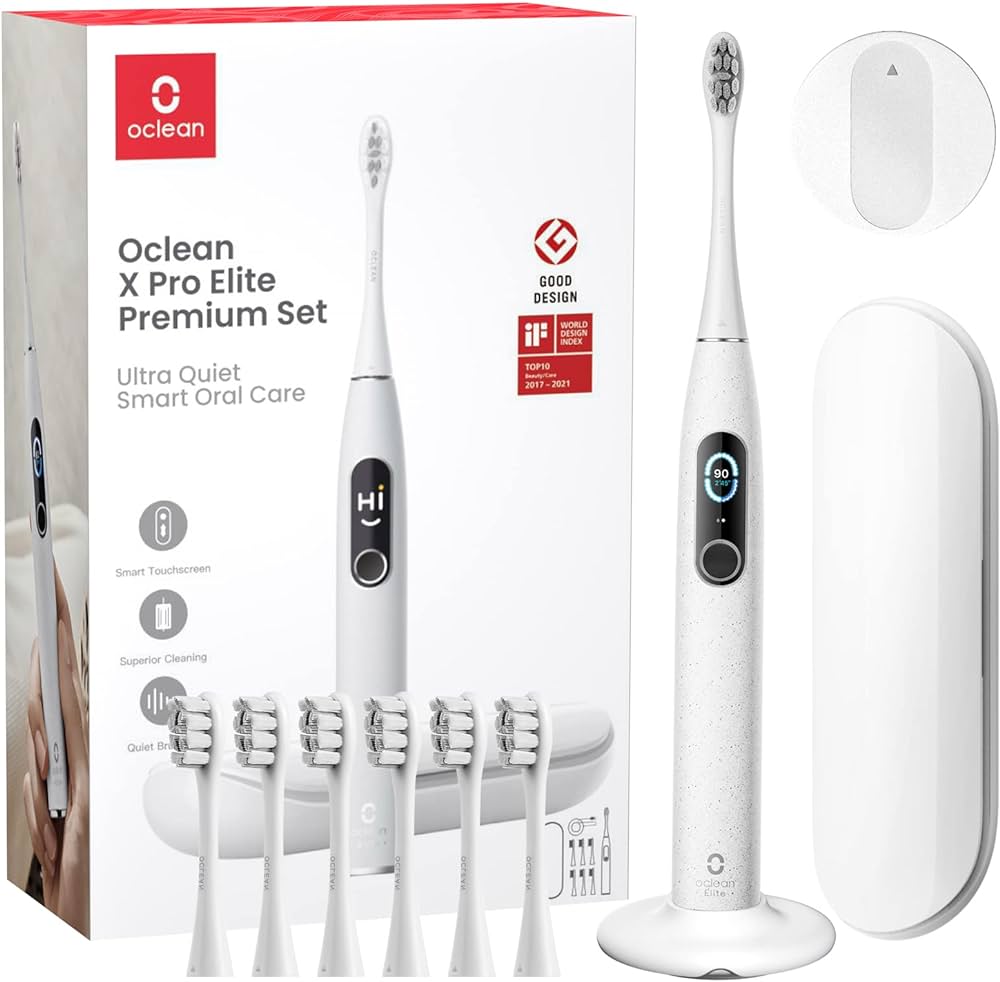
Malfunction within the toothbrush
In some cases, a malfunction within the Sonicare electric toothbrush itself may be the cause of charging issues. This could be due to a technical fault or a defect within the toothbrush. To troubleshoot this problem, consider the following steps:
Reset the toothbrush: Some Sonicare models have a reset feature that can help resolve technical issues. Consult the user manual or check the Sonicare website for instructions on how to reset your specific model.
Contact customer service: If the toothbrush is still not charging correctly after trying the above steps, contact Sonicare customer service for further guidance and support. They can provide specific troubleshooting steps or recommend a repair or replacement if necessary.
Warranty coverage: If your Sonicare electric toothbrush is still within the warranty period, consult the warranty terms and conditions. You may be eligible for a repair or replacement at no additional cost.
Professional assistance: If you are unable to resolve the charging issue on your own, consider seeking assistance from a professional technician or an authorized Sonicare service center. They can diagnose the problem accurately and offer appropriate solutions.
Preventive measures
To avoid future charging issues with your Sonicare electric toothbrush, consider implementing the following preventive measures:
Proper storage: Store your toothbrush in a clean, dry area, away from water or excessive humidity. Avoid leaving it in the bathroom where moisture can accumulate.
Regular cleaning: Clean your toothbrush regularly to prevent residue buildup. Wipe the handle and charging contacts with a damp cloth and ensure they are dry before charging.
Gentle handling: Handle your toothbrush with care, avoiding rough treatment or dropping it. Mishandling can cause internal damage and affect the charging functionality.
Follow charging instructions: Adhere to the recommended charging instructions provided in the user manual. Overcharging or charging for extended periods can degrade the battery’s performance over time.
Avoid contact with liquids: Prevent liquids from entering the charging base or the toothbrush handle. Liquids can damage the internal components and hinder the charging process.
Periodic maintenance: Occasionally inspect the charging contacts for any signs of dirt, residue, or corrosion. Clean them as necessary to ensure proper charging.
Keep software up to date: If your Sonicare toothbrush has any associated smartphone app or software, make sure to keep it updated. Software updates may include bug fixes or improvements that can optimize charging functionality.
Use genuine parts: When replacing any components, such as the charger or brush heads, use genuine Sonicare parts or accessories. Using non-original parts may affect the toothbrush’s performance and charging capabilities.
Regular battery calibration: Periodically calibrate the battery by fully discharging and recharging the toothbrush. This helps maintain optimal battery performance and can prevent charging issues.
By following these preventive measures, you can minimize the likelihood of future charging problems and ensure the longevity of your Sonicare electric toothbrush.
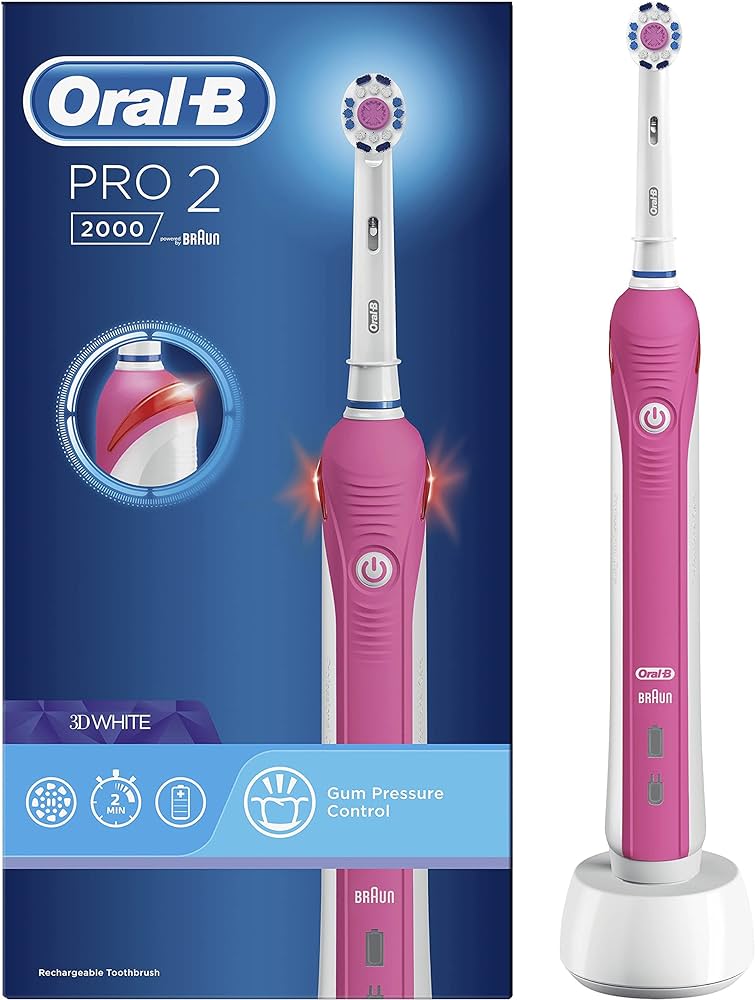
Conclusion
A Sonicare electric toothbrush not charging properly can be a frustrating experience. However, by troubleshooting the potential causes, such as a faulty charger, battery issues, residue buildup, or a malfunction within the toothbrush, you can often resolve the problem. Checking the charger, troubleshooting battery-related issues, cleaning residue, and addressing potential malfunctions are essential steps in troubleshooting and resolving charging problems. If you are unable to resolve the issue on your own, contacting Sonicare customer service or seeking professional assistance can provide further guidance and support. Remember to consult the user manual and warranty information for specific instructions and coverage. With proper troubleshooting and maintenance, your Sonicare electric toothbrush can continue to provide effective oral care.




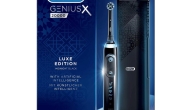
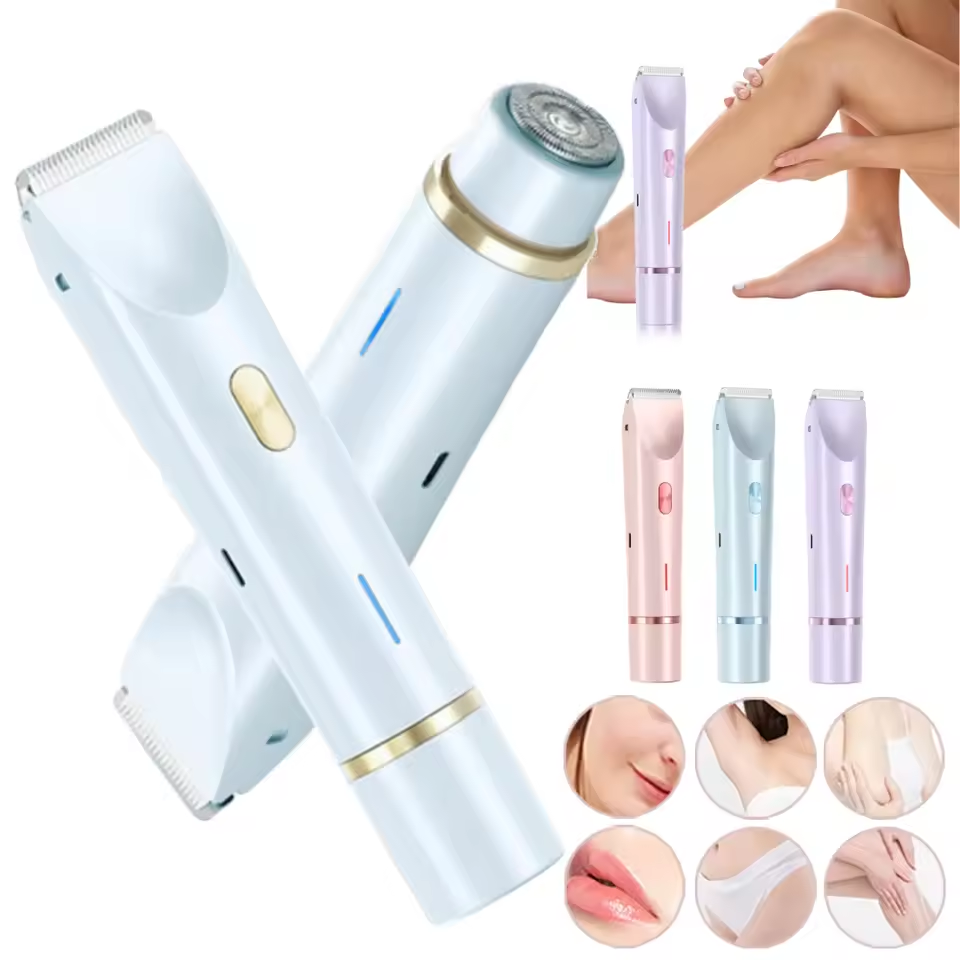
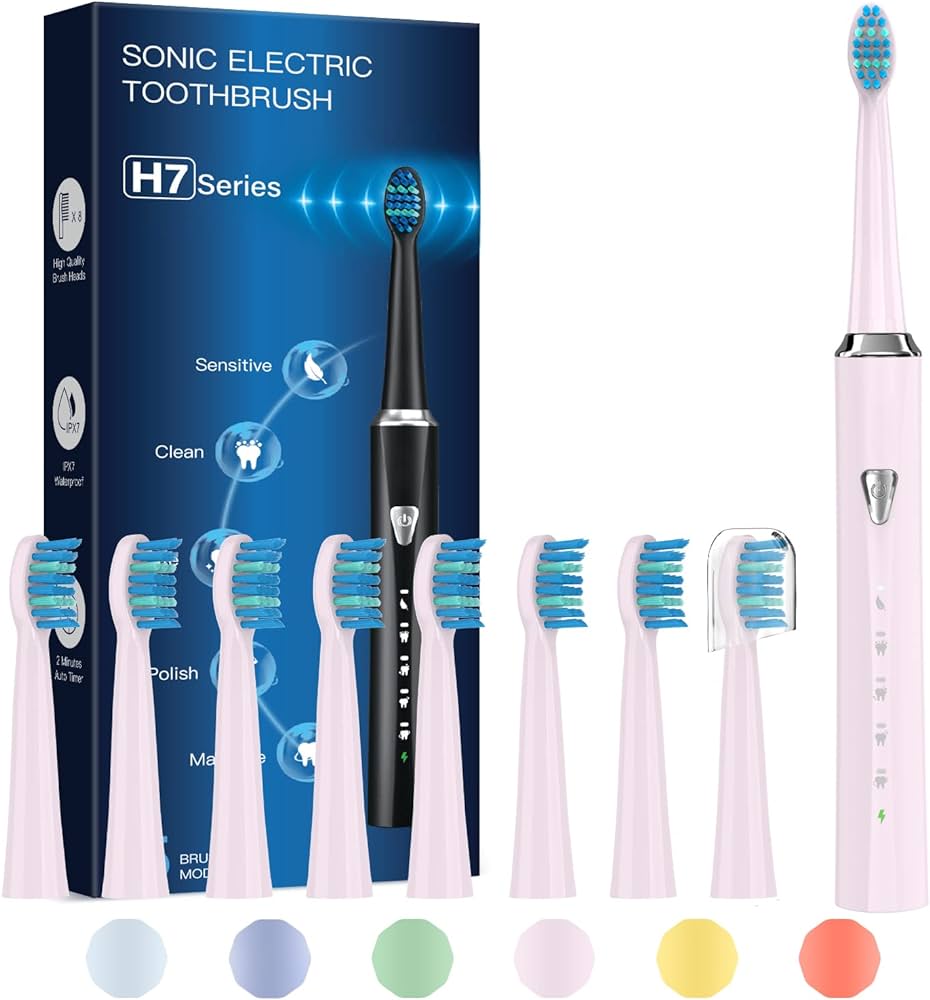
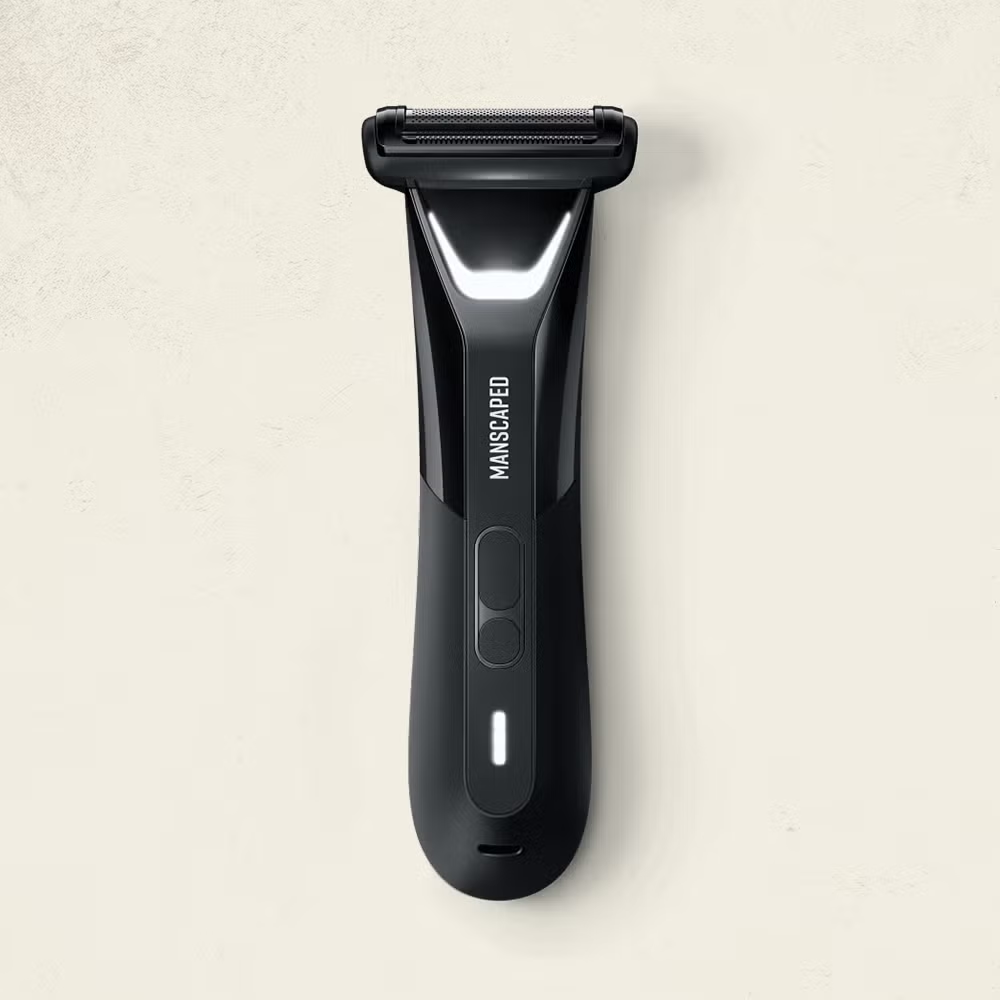
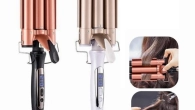
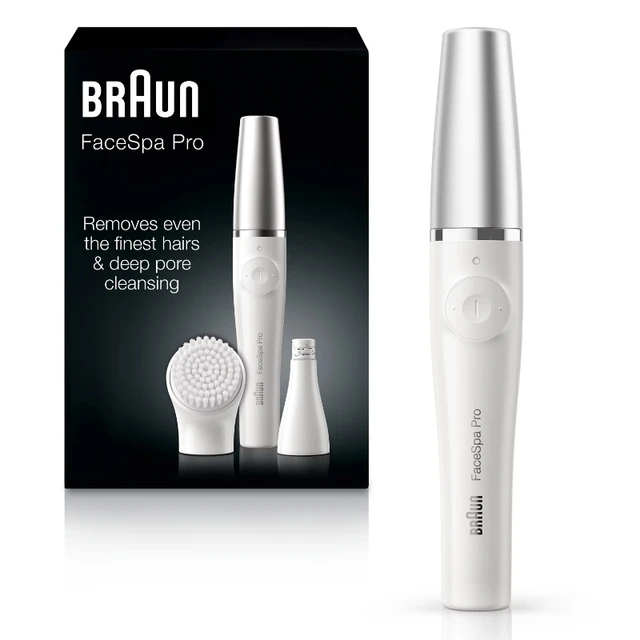
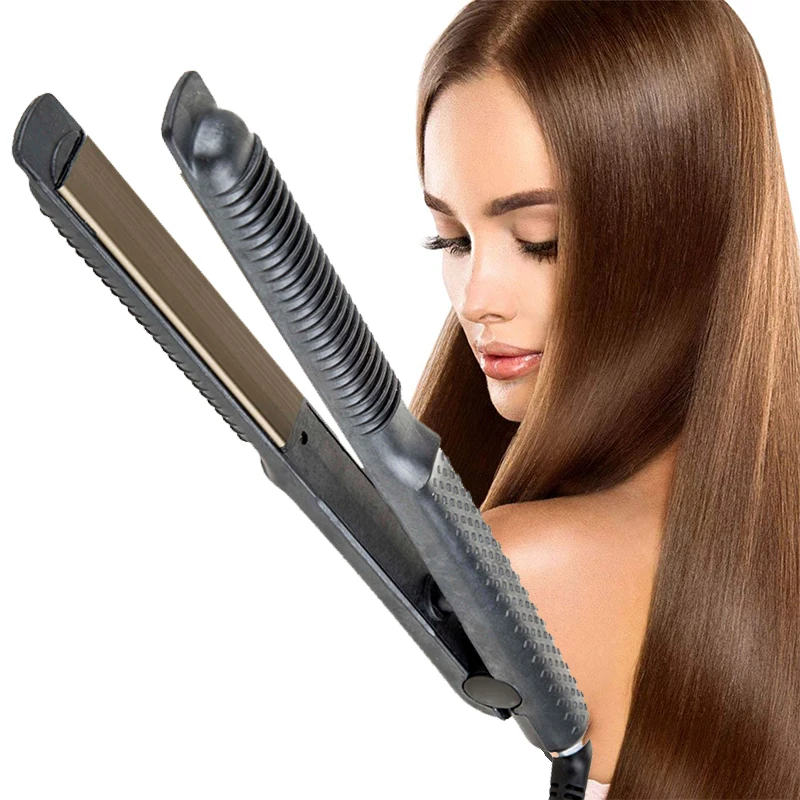
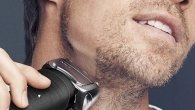
Leave a Reply
You must be logged in to post a comment.